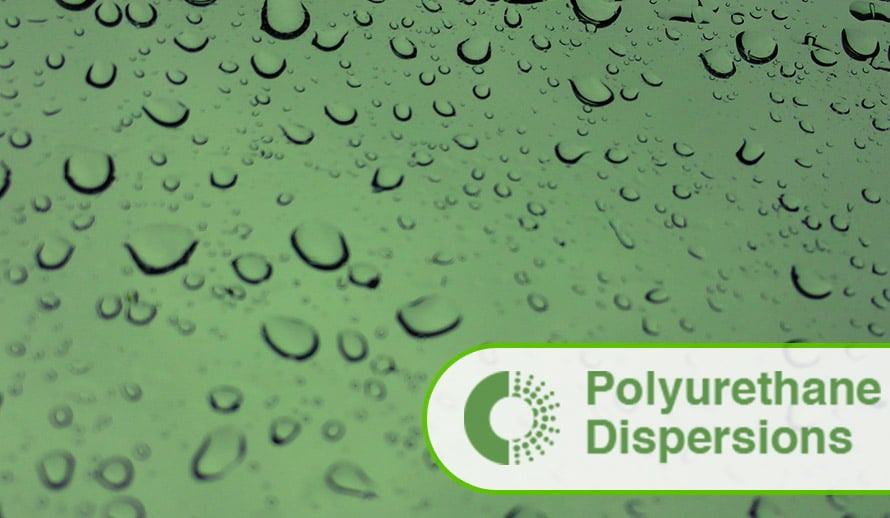The development and improvement of soft feel plastics such as PVCs and thermoplastic polyolefins...
Is Water-based Polyurethane Eco-friendly?

Restrictive and changing regulations
Environmental regulations and standards have continued to evolve both in the United States and elsewhere around the globe. With very few exceptions, there has been a steady erosion of the acceptability and popularity of polymers and solvents considered to be damaging to either the ecosystem, the workforce, or the neighboring population. In previous years, some manufacturers and industries have shielded themselves from this trend in regulation by moving towards less restrictive countries and regions such as could be found in Asia. This strategy is becoming less viable with each passing year as these countries grapple with air and water quality concerns. It is expected that safe havens shielded from regulation will almost certainly become an elusive and cost prohibitive alternative.
Polyurethane solutions and dispersions
Polyurethanes are an extremely versatile group of polymers that have shown great value in promoting adhesion and providing durability to many formulators of protective coatings. These formulators face challenges in markets such as paints, floor coatings, automotive interior fabrics, furniture finishes, and apparel coatings among others. The history within these markets has been the use of solvent-borne polyurethane solutions due to their ability to disperse and dissolve a wide range of molecular weight polymers and their ability to contain functional groups to allow self-crosslinking. Consumers have been quite clear that for the majority the expectation is that these coatings will remain at least as durable and long-lasting as they have been in the past. For coatings manufacturers, the obvious and seemingly simplest first solution to consider is a change to water-borne polymers as a replacement for their traditional solvent-borne cousins. There are many challenges to face in this regard, but a common initial question from formulators is often:
“Is Water-Based Polyurethane Eco-Friendly?”
Hazards of solvent polyurethane solutions
The answer to this question essentially must first consider the choice of your reference point. Regarding your reference point, what we mean is “eco-friendly as compared to what?”. In this case, our reference point would be a comparison to traditional legacy solvent-borne polyurethane solutions. These solutions are most commonly of the following characteristics-
- Aromatic polyurethane backbone
- Isocyanate terminated polymers to provide self-crosslinking
- Aromatic solvent content including Toluene and Xylene
- High VOC percentage (500 grams per liter or more)
- Highly flammable
- Industrial hygiene hazards including residual isocyanate and hazardous vapors
- May require VOC destruction or capture techniques or air permitting
Related article: Wanted: A Few Good Formulators for Low VOC Applications
Water-borne polyurethane dispersions address each of these concerns
So, are water-borne polyurethane dispersions eco-friendly? As compared to their solvent-borne counterparts the answer is:
Absolutely!
Water borne polyurethane dispersions have supplanted solvent-borne materials in many applications and have the advantage of addressing nearly all the eco-concerns noted above. Water-borne polyurethanes have the properties of:
- Aliphatic polyurethane backbone (often)
- Typically -OH terminated/Less hazardous handling
- No aromatic solvent content
- Low or no VOC content
- No flammability issues
- Minimal to no industrial hygiene issues such as masks
- Minimal to no need for VOC capture or control
Various categories have varying eco-friendliness
Because polymers such as polyurethane are organic and mainly non-polar materials, they do not readily dissolve or disperse in water which is inorganic and highly polar. In addition, it is difficult to incorporate self-cross linking, critical to strength and durability, into water borne polyurethanes as they cannot be NCO terminated.
As a result of the above, Chase has developed a number of solutions of varying solvent content and constituency. Each category has unique properties to address individual customer needs such as environmental impact, VOC content, and industrial hygiene and handling concerns. The three categories to consider in our water-borne polyurethanes are:
These products utilize small amounts of co-solvents NMP and TEA to aid in dispersion and film formation. VOC content typically 200+ grams per liter.
These products use solvents including TEA to aid in dispersion which is then stripped almost completely in subsequent processing. VOC content typically less than 50 grams per liter.
These products use an alternative, less regulated and environmentally impactful co-solvent along with TEA. Addresses concerns about NMP content. VOC content typically 200+ grams per liter.
Please contact us if you need more information.







